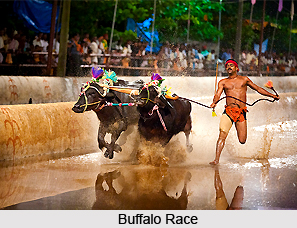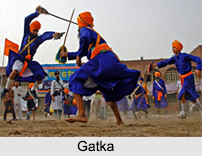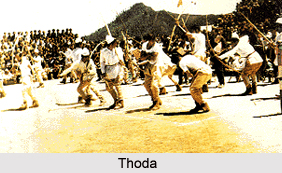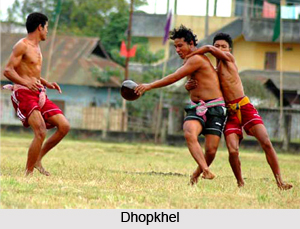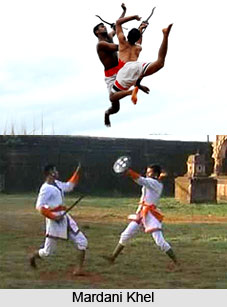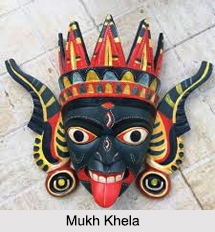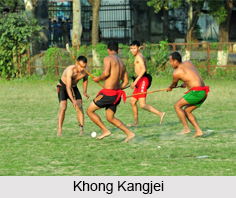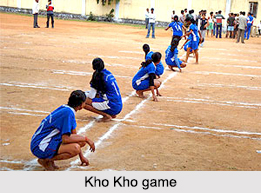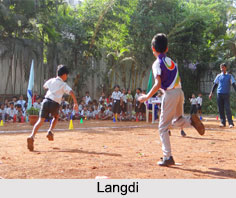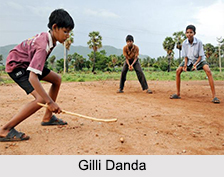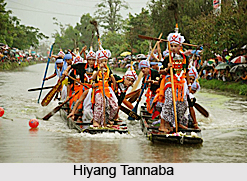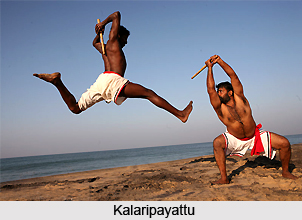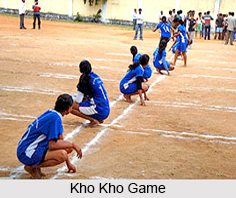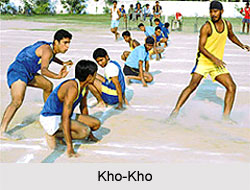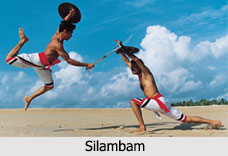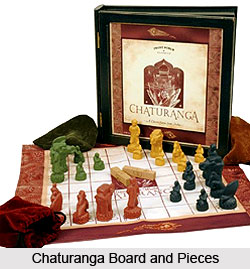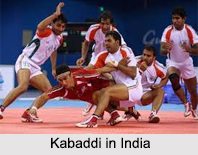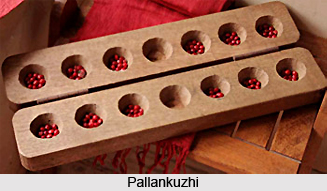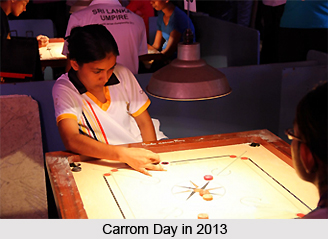 History of Carrom in India goes back a long way to the 18th century. Although there are no solid evidences available, but mostly it is believed that the game originated in Indian sub-continent. In the ancient times Maharajas played this game in their palaces. One such carrom board with surface made of glass is still available in a palace in Patiala. Particularly after World War I this game became very popular. Different states hosted various state level competitions during the initial part of 19th century. This game, which was once treated as a simple game meant for pastime, is now being played by almost 20 million people in India alone.
History of Carrom in India goes back a long way to the 18th century. Although there are no solid evidences available, but mostly it is believed that the game originated in Indian sub-continent. In the ancient times Maharajas played this game in their palaces. One such carrom board with surface made of glass is still available in a palace in Patiala. Particularly after World War I this game became very popular. Different states hosted various state level competitions during the initial part of 19th century. This game, which was once treated as a simple game meant for pastime, is now being played by almost 20 million people in India alone.
Carrom is a popular indoor game in India and like Badminton, Hockey and Polo in India, carrom too was little known in the West. But with change in times, carrom now has huge takers in the Western countries as well. With each passing day the game is gaining huge popularity all around the globe and is now being played in almost 50 countries. This game, at the international level, is supervised and controlled by the International Carrom Federation.
Carrom is a popular game in India and is no longer limited to ladies and children, and is now played at competitive levels. The game required complete knowledge of deftness of touch, angles and control over nerves. It is mainly based on geometry and physics. It also requires deep concentration and skill.
In India the game is controlled and promoted by All India Carrom Federation, where around 48 units (30 State Associations and 18 Institutions), affiliated to the former, are supervising carom activities in India through hundreds of District Associations and their office network in case of Institutions. Already this federation has organized 117 national championships and many other tournaments. The Carrom game in India is organized by Government of India and State Governments, and is treated at par with other games in India. The government of India allots grant-in-aid for national carom championships. The central government, in 1991, included carom in its lists for the purpose of recruitment under sports quota in government organizations. As a result of this policy, carom players are getting recruited for the jobs in Government offices and Public Sector Undertakings under sports quota. This game also allows students to get admitted to various degree courses at various state government sponsored colleges. The School Games Federation of India recognized it in 1996. The Indian Olympic Association has also recognized this game.
Around 1930 Carrom competitions started in cities like Chennai, Kolkata, Delhi and Allahabad. `Union Carrom Club of Almora` came into existence in 1932 whose President was Rai Bahadur H.K. Gangola. These games were organized much before the formation of the Federation, so the rules differed with each game. The boards used during this period were also of different shapes and sizes. Many carrom boards even had pockets inside the frame of the board like Billiards. States like West Bengal and Bihar had boards with triangular pockets. The board size varied from 32" and 54" square. The game was played with 12 black and 12 white carrom men with no queen. Later of course it was increased to 25 with one queen, but no control over the weight and size of carrom men (Cm). Different point rules were followed at different places. The strikers of any shape, size, weight and fabric like plastic, ebonite, vulcanite, etc. were being used. Ivory made strikers were also used by elite class. This of course stopped once a fixed rule was formulated by the federation.
